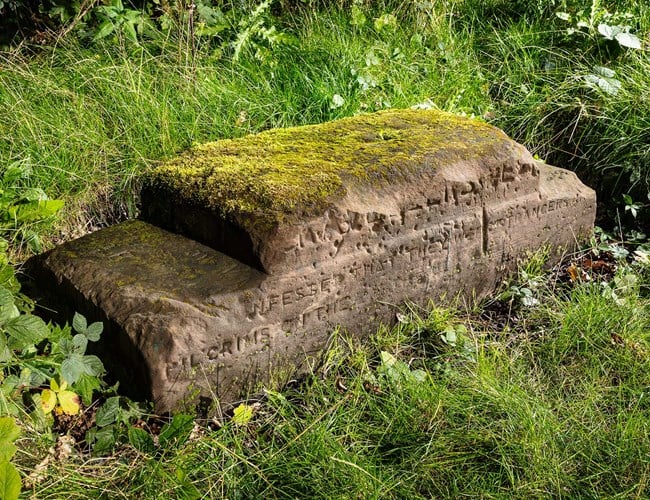 Travellers' rest stone at Red Bank in Cheshire
Travellers' rest stone at Red Bank in CheshireRESTING places used by Irish migrant workers near Warrington in the 19th century have been given Grade II-listing by the Department of Culture, Media and Sport (DCMS) on the advice of Historic England.
The rest stones were designed by a doctor about 1860 on routes from Liverpool to Manchester, to enable workers, mainly Irish, to rest while making journeys on foot to harvest crops.
Dr James Kendrick of Warrington was inspired by the design of drinking fountains in Liverpool in 1859 by Charles Melly, the noted philanthropist.
About 30 sites for the stones were selected but only 12 survive.
Four other examples, previously thought to be blocks for mounting horses, have been relisted and their entries on the National Heritage List for England updated to outline their use as rest stones.
The two newly listed stones are located at Red Bank and Stag Inn traffic island, Lower Walton. The four that were being relisted and their entries updated are located at Great Sankey and Swan Green at Winwick, as well as Grappenhall and Lymm.
Duncan Wilson, chief executive of Historic England, said: "These travellers' rest stones were a thoughtful, well-designed and welcome place to rest for migrant workers and their families, many from Ireland, who walked miles to find work harvesting crops.
"It's right that these journeys should be remembered by the listing of two new travellers' rest stones in Cheshire. They illustrate the incredible diversity of our heritage and its capacity to shed light on different aspects of past lives.

